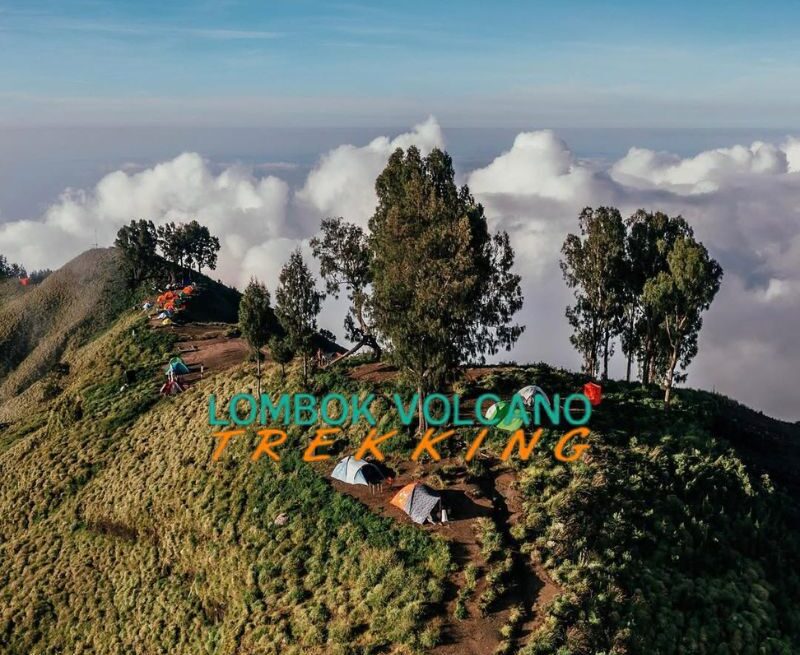Climbing Mount Rinjani: Essential Information and Precautions
Mount Rinjani, a majestic volcanic peak, poses significant challenges to climbers. Unfortunately, visitors have lost their lives due to inadequate preparation and failure to follow safety protocols. While many attempt to reach the summit, few succeed, with most stopping at the crater rim (approximately 2,700 meters) to marvel at the breathtaking views of the crater lake.
Reaching the summit requires a substantial amount of physical effort, stamina, and mental toughness. Typically, a trek to the crater rim takes two days and one night, while the more challenging ascent to the summit often involves three to four days and two to three nights of camping.
Entrance Fees and Allocation
The current park entrance fee is Rp 200,000, which is allocated as follows:
– 13% to the Gunung Rinjani National Park
– 62% to the Rinjani Trek Ecotourism Program
– 25% to support the Rinjani Trek operation and maintenance program
Organized Treks and Safety Precautions
While it is possible to arrange a self-guided trek, hiring a certified guide is highly recommended to ensure safety. Rinjani Park regulations require the use of a certified guide, and attempting to climb without one may result in being turned back.
The mountains Licensed Guide Association (HPI) issues certification to guides and porters, but it is essential to note that the certification standards and training requirements may not be as rigorous as those in other countries. Serious accidents, including fatalities, have occurred on Rinjani treks led by accredited guides.
Essential Gear and Clothing
To ensure a safe and successful climb, it is crucial to bring proper gear and clothing, including:
– Sturdy climbing/hiking boots
– A substantial waterproof and windproof jacket
– A headlamp
– Poles (walking sticks) for navigating scree at the summit
Climbers should be prepared for changing weather conditions, including rain and cold temperatures. Inadequate clothing can lead to difficulties, especially at higher elevations where temperatures can drop to as low as 4°C, with additional wind chill factors.
By being properly prepared and aware of the potential risks, climbers can minimize their exposure to hazards and enjoy a safe and rewarding experience on Mount Rinjani.





